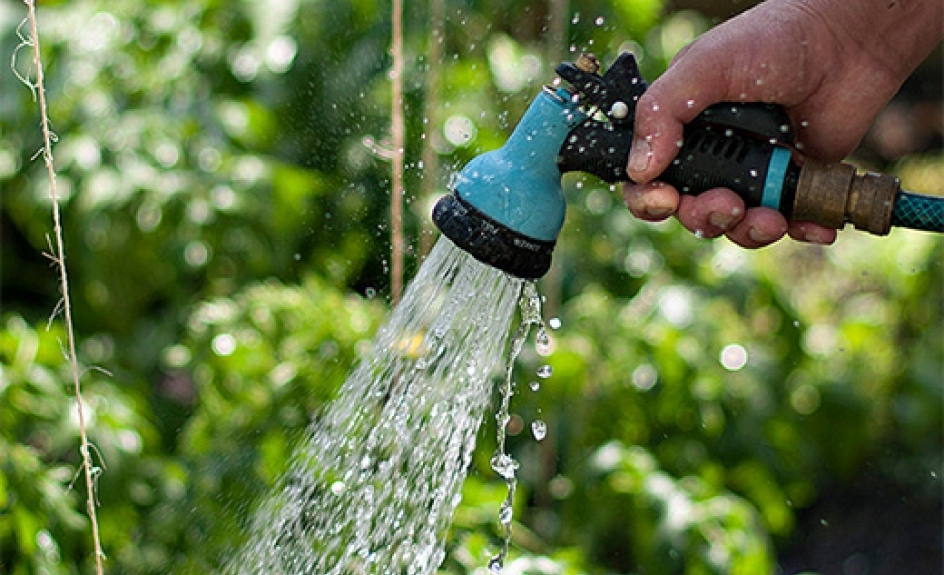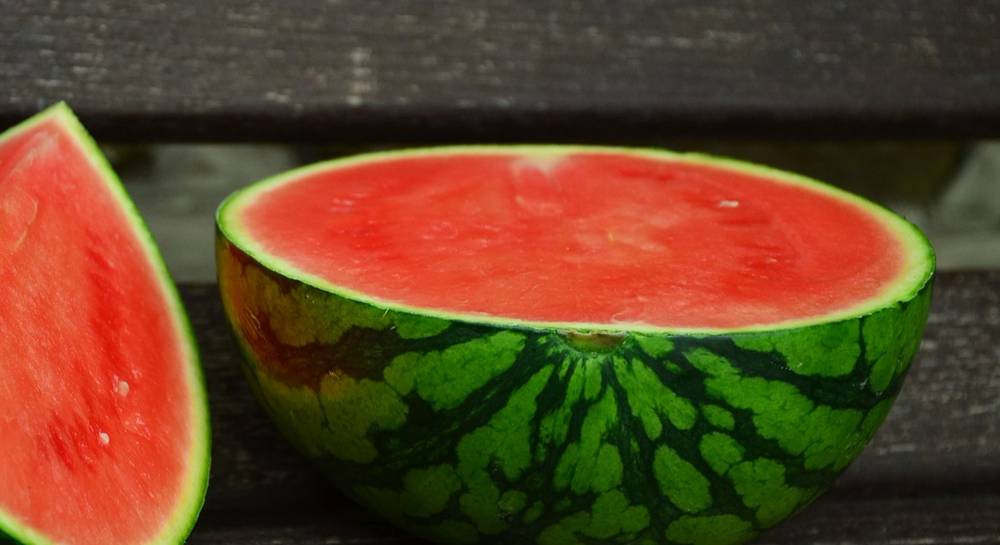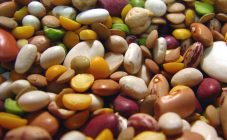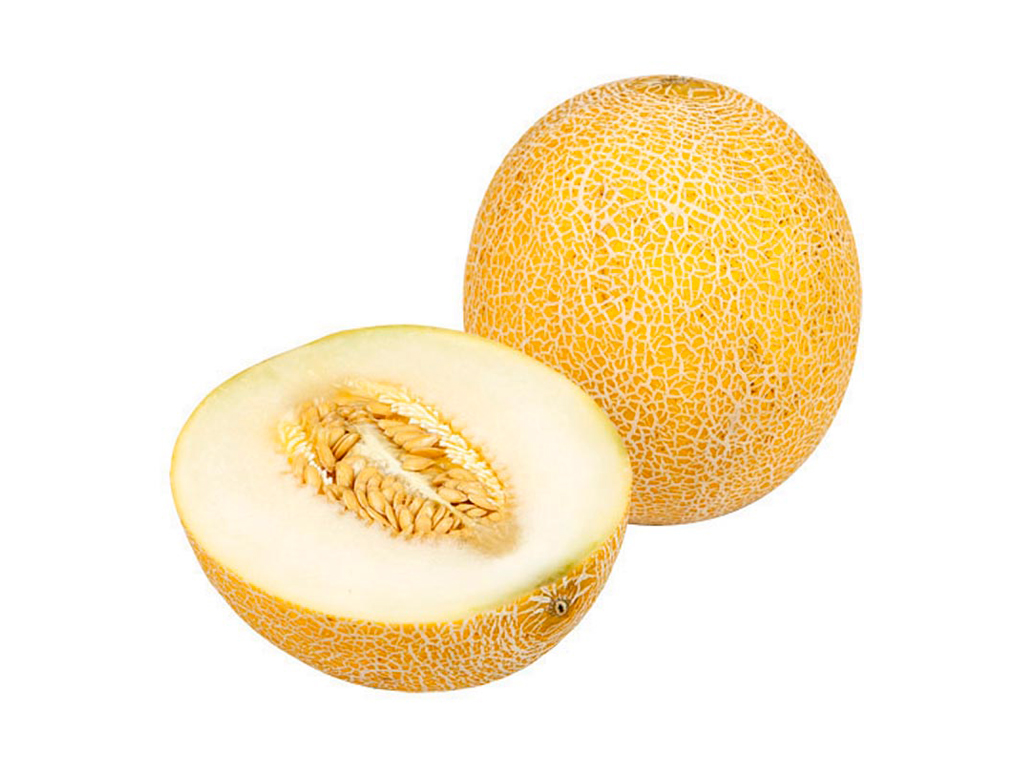Content:
Traditionally, it is believed that this melon crop can be grown only in warm regions, where the fruits ripen fully, gaining a lot of weight and sweetness. However, thanks to the efforts of breeders and the efforts of melon growers, they began to grow watermelons in the open field in the Volga region, in the middle zone of our country and some other regions, and in these areas the fruits have time to ripen, and in terms of taste they are not inferior to their counterparts grown in the Krasnodar Territory or the Astrakhan area.
Of course, in the changing climate of the middle zone, there are subtleties in growing watermelons, but if you follow some nuances, you can grow equally tasty melons in the Black Earth Region. This will be discussed below.
Growing watermelons
The agrotechnology of watermelon includes a number of measures, on the correct observance of which the yield of this melon crop and the taste of ripe berries ultimately depend.
First, you need to decide on the choice of variety (or varieties) of watermelons. Experts recommend choosing hybrids for planting - they are highly resistant to pests and pathogenic microorganisms, are stress-resistant (better tolerate temperature fluctuations and other weather "cataclysms"), and fruit ripening is faster.
Then you should make pre-sowing seed treatment. But if they are bought in a specialized store, then calibration, heating, disinfection of the inoculum can be omitted - all this has already been done by the manufacturer. And at home, you can only soak the seeds so that they hatch faster.
You can grow seedlings at home, which are then transplanted into open ground when the threat of spring frosts has passed. But melon growers produce something similar in regions with a short cool summer in order to have time to get a harvest from this melon culture.
Watermelon seeds are planted in open ground in warm areas in early May.
By the time the seed is planted, the soil should warm up to 13-14⸰C to a depth of at least 9-11 cm.In light loose soils, watermelon seeds are embedded to a depth of 8 cm, and in heavier clay soils - no more than 4-5 cm. Usually, parallel furrows are made on the site, into which the seed is planted (the more seeds, the deeper the furrow).
When sowing these plants in rows, the distance between them should be about 1.1-1.4 m, the row spacing should be 1.5-1.6 m.With the square-nest method of planting these melons and gourds, the distance between them is laid at 0.8- 2.0 m.
During the period of growth of the lashes, this melon culture requires frequent watering - at least 1 time in 7 days. During the period when flowers appear, the amount of watering should be reduced. They completely stop watering watermelons during the period of mass ripening of fruits.
Particular attention should be paid to feeding this melon crop. For the first time, fertilizers are applied to the soil in the fall - for digging. During the winter, organic matter decomposes, releasing nutrients into the soil.During the period of growth and fruiting, this melon culture is fed several times: during the growth of the lashes, during the flowering period and during the period of active ripening of the fruits.
How to plant and grow watermelons in central Russia
In central Russia (in the Black Earth Region, Voronezh Region and similar regions), watermelons, like melons, must be grown in seedlings.
Many for planting use seeds collected from ripe watermelons. In this case, you must remember that your seeds can be planted only after two years.
In warmer regions, seeds are planted for seedlings in the second decade of April, in more northern regions - in the last decade of April.
For seedlings to appear faster, the seed must first be germinated by wrapping it in damp gauze and placing it in a warm place. The cloth should be kept damp at all times.
For planting germinated seeds, take plastic or peat cups, fill with purchased soil with an acidity of about 6. One seed is placed in each container, deepening it by 2 cm. The soil is watered, all containers are placed in a sunny place.
The germination period of seeds is no more than 4-5 days at an air temperature in the room during the daytime about 21⸰С, and at night - about 18⸰С. Seedlings should be watered as the topsoil dries up, usually every 3 days. If the humidity in the room is low, then the number of waterings should be increased.
The main thing for watermelon sprouts is a sufficient amount of moisture and nutritious soil, in such conditions they quickly grow and after 2-2.5 weeks (by mid-May) the seedlings can be planted in a greenhouse. And in the open ground, seedlings are planted after a series of spring cold snaps have passed.
Cultivation of a plot for melons and gourds involves digging before winter, as well as in the spring before planting seedlings. The best place for watermelon seedlings is light sandy and loamy soils. The cultivation of heavy clay soils for further planting melons and gourds on them is a rather laborious process, since a large amount of river sand will have to be added to the alumina in order to increase the looseness of the soil.
If complex mineral fertilizers were not introduced into the ground before planting, they can be added to the planting holes during the process of planting young plants.
Growing watermelons in central Russia in the open field is associated with a certain risk - in this region, even in June, the air temperature can often drop dramatically at night. Therefore, immediately after planting the seedlings of watermelons, metal arcs should be placed along the rows in a permanent place, onto which, if necessary, the covering material is stretched.
Further care for the growing melons and gourds consists in regular watering, for the formation of additional roots to the base of the lashes, you need to rake the soil. This melon crop tolerates short-term periods of drought well, in the open field it can be watered once every 6-7 days, by the time the fruits ripen, watering is stopped altogether. When 3-4 fruits are formed on each lash, it is better to pinch the top of the stem so that the plant directs not to the growth of shoots, but to the ripening of the fruits.
If the seedlings are planted in a greenhouse, the growing lashes should be tied to trellises. It is better to form watermelons indoors in one stem. When its top reaches the height of the trellis, pinch the stem.
During the period of fruit ripening, watermelon shoots should be carefully examined: the weakest and unproductive ones should be removed so as not to spray useful substances, but to send them to the ripening of the crop.
The agrotechnology of growing watermelons in the middle lane does not require great efforts from summer residents, the main thing is to choose the right varieties for your region, observe the regime of watering the bushes. Many experts say that growing watermelons in the open field in the Black Earth Region is a fairly simple matter, the main thing is to protect the planting from possible cold snaps.
The best varieties for growing in the Chernozem region, Voronezh region
When choosing varieties of watermelons for central Russia in specialized stores, you need to immediately pay attention to their early maturity and resistance to cold. In the conditions of the Black Earth Region, early ripening watermelons ripen well with a period from the appearance of sprouts to ripening of fruits in 3 months.
Descriptions of such varieties with names, as well as novelties, will be described below:
- Beijing Joy f1 - early ripening hybrid with large juicy fruits, deep red pulp.
- Twinkle - the most famous and popular variety of watermelon in the middle lane. It is valued by melons and gourds for its high yield, the fruits of this variety are smaller than average, but have a high sugar content.
- FROMawesome kid - the peel of the watermelon is dark green with black stripes, the shape of the ripe fruits is round and regular. The variety is early ripening, the pulp is sugar, medium density.
- Variety Chill - on the bushes of this watermelon, berries, very large for the middle strip, ripen - weighing up to 10-11 kg. Ripe sweet fruits with a high percentage of sugar are harvested in the first decade of August.
- Ultra early - the ripening period for fruits is about 2.5 months, and when grown by seedlings, the harvest time is shifted by another couple of weeks. Stripes of dark emerald color run along the peel. The ripe fruit taste is excellent, the harvest can be stored for a long time in a cool room.
- Honey giant - refers to early ripening varieties, the shape of ripe fruits is elongated, the color of the peel is light green. The variety can be grown outdoors and in greenhouses.
- Gift of the sun Is another early ripening variety intended for outdoor cultivation. Ripe fruits can be medium to large in size. The color of the peel is bright yellow, and the color of the pulp is pink with a red tint. One of the best varieties for growing in greenhouse conditions.
Tips and tricks for gardeners
In central Russia, watermelons are grown only by the seedling method. But you should not plant seed too early - no more than a month should pass from the moment the sprouts appear until the seedlings are transplanted into open ground, otherwise the seedlings will outgrow, stretch out, and acclimatize for a long time in a permanent place.
During the cultivation of seedlings at home, it is necessary to fertilize the sprouts at least a couple of times. Although the prepared soil contained all the necessary nutrients, the volume of the cups is too small, so the plants quickly absorb all the nutrients necessary for growth. In order for the seedlings to grow strong and strong, it is necessary to apply ammophoska and a complex mineral fertilizer containing phosphorus, potassium, nitrogen and magnesium.
Also, a couple of weeks before transplanting watermelons to a permanent place, they need to be gradually tempered - taken out to the balcony at first for a short time, gradually increasing the time the seedlings are in the fresh air.
In open ground, seedlings should be planted in a greenhouse so that the plants do not freeze at night.
Watermelon is a unique melon culture that perfectly tolerates significant heat (up to + 42-44⸰С), because it has the ability to self-cooling. Its foliage does not fade in the heat, like some pumpkin plants (cucumbers, pumpkins, etc.).
Watermelon does not tolerate high soil and environmental moisture, especially if this is accompanied by a significant drop in temperature. Under such conditions, the fruits develop worse, and the plant can become infected with anthracnose, Fusarium or Alternaria. Therefore, it is necessary to control the irrigation regime - a slight drought will not harm this melon crop, and you should also not allow stagnation of moisture in the soil so that the roots of the watermelon do not start to rot. It is especially important to maintain humidity at 50-60% during the period of bud emergence and active flowering.
So that various dangerous diseases do not develop on the lashes of watermelons, and harmful bugs do not appear, you must follow the rules of crop rotation - in one place watermelons can be re-grown only after 5 seasons. Melon growers try to choose varieties or hybrids of watermelons that are highly resistant to major diseases. In autumn, deep plowing of areas should be carried out, mercilessly fighting weeds, without leaving it on the site.
















